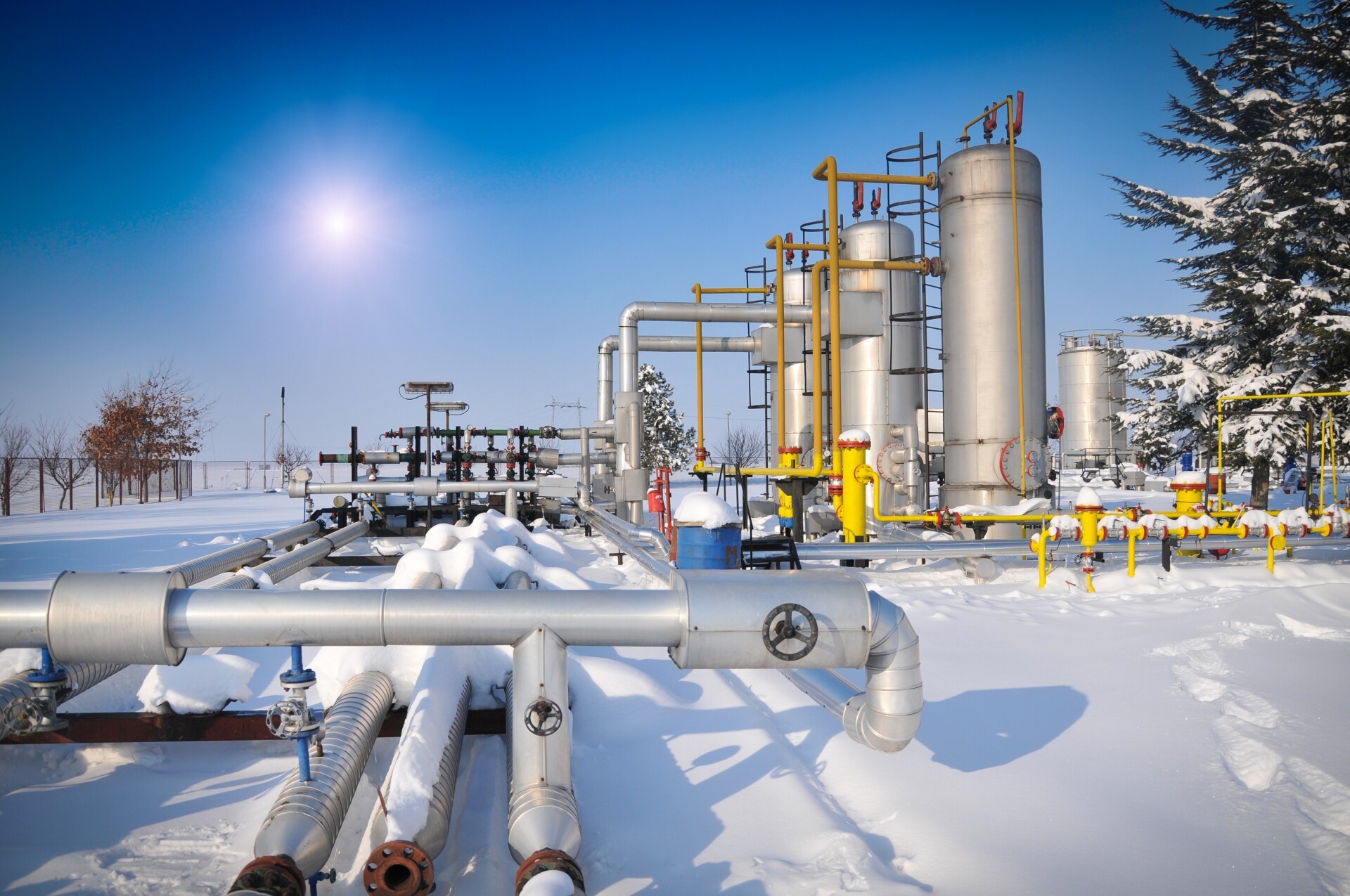Enhancing Stair Safety: Everything You Need to Know About Stair Nosing and Non Slip Stair Treads

Slips, trips, and falls are among the most common accidents, especially on staircases. Whether at home, in the workplace, or in public spaces, stair safety is essential. Two simple yet effective solutions to reduce such risks are stair nosing and non slip stair treads. These elements not only improve safety but also extend the life of your stairs and enhance their appearance.
In this blog, we’ll explore how stair nosing and non slip stair treads work, where to use them, and why they’re essential for both residential and commercial environments.
What is Stair Nosing?
Stair nosing refers to the front edge of a stair tread that protrudes slightly beyond the vertical riser beneath it. It plays a critical role in safety and durability. Stair nosing serves three main purposes:
-
Increased Visibility: It highlights the edge of each step, reducing the risk of missed footing.
-
Enhanced Safety: Textured or slip-resistant nosing provides better traction underfoot.
-
Extended Stair Life: It protects the edges of stairs from wear and tear.
Stair nosing can be made from various materials including aluminum, rubber, wood, or PVC. Each type is designed for specific environments—indoors or outdoors, light or heavy foot traffic.
Why Use Non Slip Stair Treads?
Non slip stair treads are coverings or inserts that are applied to stair surfaces to prevent slips. They're particularly useful in high-traffic areas or where stairs are exposed to moisture, grease, or other slick substances. Here’s why they matter:
-
Safety First: These treads significantly reduce the risk of slipping, especially in rainy or icy conditions.
-
Cost-Effective Protection: They protect the stair surface from damage and reduce maintenance costs.
-
Easy Installation: Most non slip treads are easy to install and available in adhesive or screw-down options.
Combining stair nosing with non slip stair treads gives you a complete stair safety solution.
Types of Stair Nosing and Non Slip Treads
There are several types of products available depending on your needs:
Stair Nosing Options
-
Metal Nosing: Ideal for industrial or outdoor use due to its durability.
-
Rubber Nosing: Best for indoor applications with a softer feel and better traction.
-
Vinyl Nosing: Cost-effective and easy to install in residential settings.
Non Slip Stair Treads
-
Adhesive Treads: Great for quick DIY projects and light traffic areas.
-
Bolt-Down Treads: Suitable for commercial and outdoor stairs.
-
Glow-in-the-Dark Treads: Enhance visibility in low-light environments.
Key Benefits of Installing Stair Nosing and Non Slip Stair Treads
-
Prevention of Accidents – Reduces slips, especially in wet or dimly lit areas.
-
ADA Compliance – Many stair safety products help meet accessibility and safety regulations.
-
Aesthetic Appeal – With various designs and finishes, stair nosing and treads can enhance the look of any staircase.
-
Durability – Both stair nosing and treads help preserve the structural integrity of your stairs over time.
Conclusion
Whether you're upgrading an aging staircase or ensuring compliance in a commercial setting, stair nosing and non slip stair treads are smart investments. They offer an excellent balance of safety, durability, and style. Their ease of installation and broad range of materials make them accessible for almost any application.
Protect your property, safeguard its occupants, and increase the life of your stairs with the right stair safety solutions.
Frequently Asked Questions (FAQs)
What is the difference between stair nosing and stair treads?
Stair nosing refers to the edge of the step, often reinforced or covered for safety, while stair treads are the horizontal surfaces you step on. Non slip stair treads are added to the tread surface to enhance grip.
Are non slip stair treads suitable for outdoor stairs?
Yes. Many treads are specifically designed for outdoor use and are resistant to weather and moisture.
How do I install stair nosing?
Installation depends on the material. Some are adhesive-backed, while others require screws or nails. It’s important to follow the manufacturer’s instructions.
Do stair nosing and treads need maintenance?
Minimal maintenance is needed. Regular cleaning and periodic inspection ensure continued effectiveness and appearance.
Can I use both stair nosing and non slip treads together?
Absolutely. Using both offers maximum safety by combining edge visibility with slip resistance across the entire tread surface.
- Questions and Answers
- Opinion
- Motivational and Inspiring Story
- Technology
- Live and Let live
- Focus
- Geopolitics
- Military-Arms/Equipment
- Security
- Economy
- Beasts of Nations
- Machine Tools-The “Mother Industry”
- Art
- Causes
- Crafts
- Dance
- Drinks
- Film/Movie
- Fitness
- Food
- Games
- Gardening
- Health
- Home
- Literature
- Music
- Networking
- Other
- Party
- Religion
- Shopping
- Sports
- Theater
- Health and Wellness
- News
- Culture

